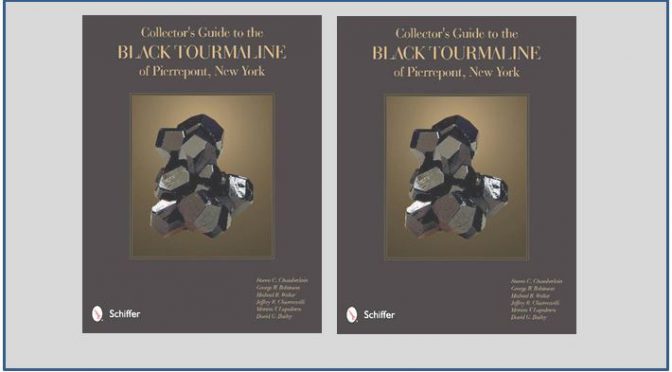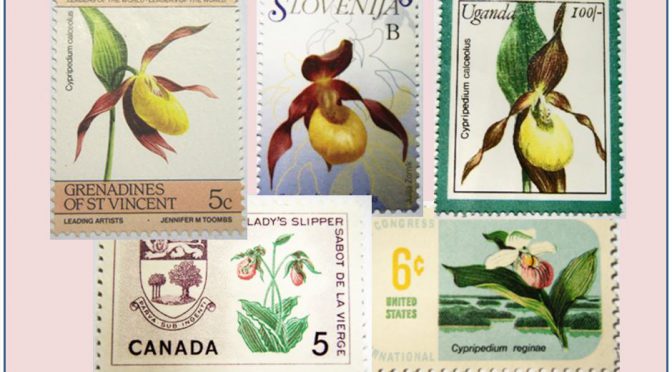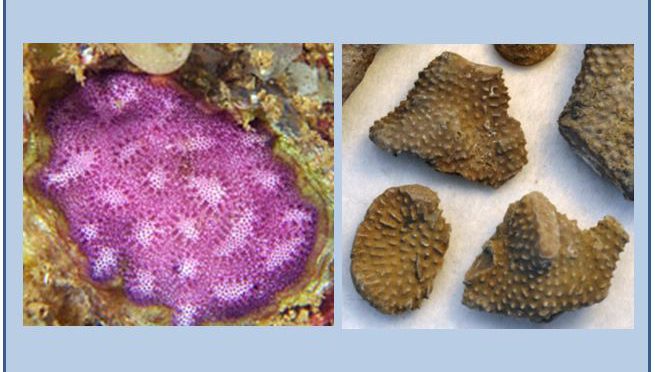Another wonderful book on a classic New York State mineral location is available. Many of us have ventured to the Bower Powers Farm in Pierrepont to collect black tourmaline. We have driven Post Road to the washed out bridge over Leonard Brook, hiked along the brook to the tourmaline laden pits, and collected what we could carry. But did you ever want to know more about the rich history of the location, the multiple collecting sites, the varied geology, or the complete mineralogy of this classic site?
Monthly Archives: March 2017
Cypripedium Orchids on Stamps
As many of my friends know, I collect stamps as well as minerals and I enjoy thematic, or so called topical stamp collecting. Naturally, my career in geology and my interest in minerals draws me to topics related to those categories. But I also enjoy hearing how others merge their interests with other topics with the joy of philately.
To most of us they are lady slippers or simply orchids. But to Paul Brach they are called Cypripedium orchids. A specific genus or orchids of which there are 58 species, each with their own color, petal shape, stamen, and sepal design. At the March 9th meeting of the Rochester Philatelic Association, Paul described all the features of these gorgeous flowers using the multitude of world-wide stamps that have been issued featuring Cypripedium orchids. In addition to demonstrating his knowledge of these colorful orchids, Paul showed us his photographic prowess at capturing them on film.
Bryozoa
Fossil collectors will travel hours and brave cold temperatures and rain for a chance to collect trilobites. Heck, we will settle for trilobite parts. Most of us will pick up a complete brachiopod and even try to identify it by Genus. Check our garages and you will find hundreds, no thousands, of solitary rugose corals such as Heliophyllum halli and probably almost as many colonial tabulates such as Favosites or Pleurodictyum corals. We’ll jump for a gastropod and drool when a orthonic (straight-backed) cephalopod pops out in outcrop or shows himself (herself?) in a stone on the beach. And need I say more than Eurypterid to get you excited? BUT, who among us loves Bryozoans enough to even take a branching colony or a fan-like species home. And if you do take one home does it end up identified and in your collection? My guess is it does not. Perhaps I can change that.


